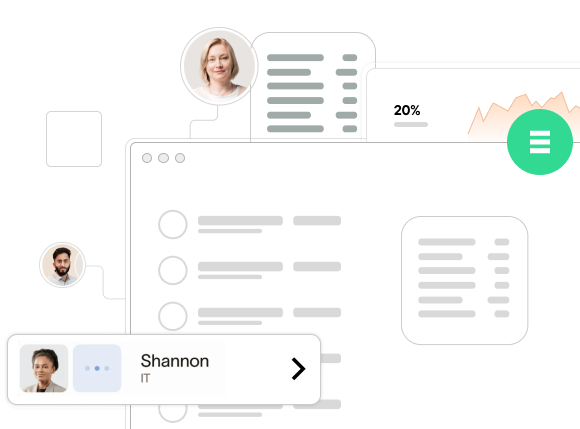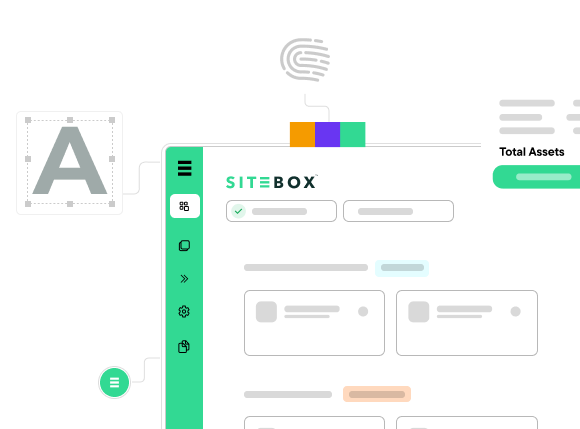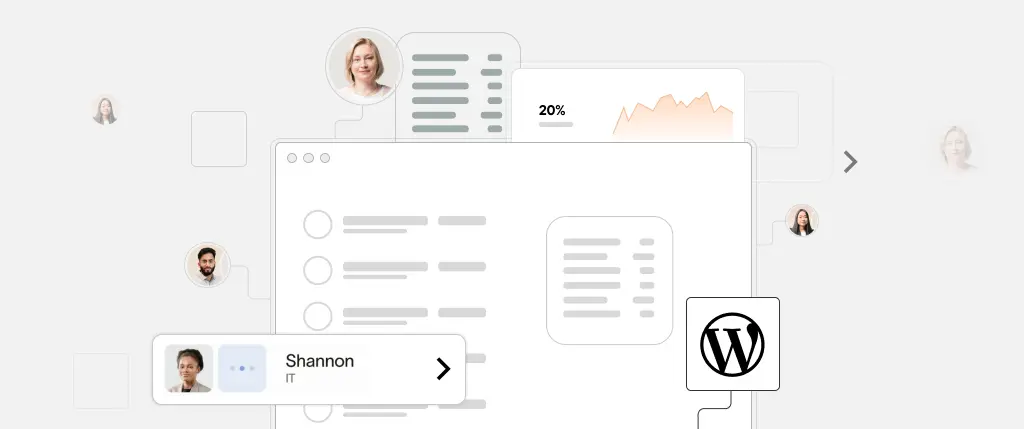Website downtime is one of the most critical yet often overlooked issues for WordPress users and website owners. When your website becomes inaccessible, it does more than just frustrate visitors — it directly impacts your revenue, SEO rankings, and customer trust. Whether you run a personal blog, a business website, or a high-traffic eCommerce store, understanding the true cost of website downtime and learning how to prevent it is crucial for the success and growth of your online presence.
What Is Website Downtime?
Website downtime refers to any period during which your website is unreachable or unavailable to visitors. This can happen due to:
- Planned Downtime: Scheduled maintenance or updates performed by your hosting provider or web administrator. While inconvenient, planned downtime is usually brief and communicated in advance.
- Unplanned Downtime: Unexpected outages caused by server failures, cyberattacks, software errors, or sudden traffic spikes.
Downtime can last from a few seconds to hours or even days, depending on the cause and your recovery strategy.
Common Causes of Website Downtime
Several common issues can cause your website to go offline:
- Server Issues: Hardware failures or technical problems at your hosting provider’s data centers can cause downtime.
- DDoS Attacks: Distributed Denial of Service attacks flood your server with fake traffic, overwhelming it and causing a crash.
- Plugin Conflicts: Outdated or incompatible plugins can break your WordPress site and cause errors.
- Traffic Overload: A sudden surge in visitors, such as during a marketing campaign or viral event, may overwhelm shared hosting plans.
- Expired Domain or SSL Certificate: Forgetting to renew your domain registration or SSL certificate can lead to your website being inaccessible or marked as insecure.
Understanding these causes can help you plan preventative measures to keep your site online.
The True Cost of Website Downtime
Downtime isn’t just a temporary inconvenience — it has serious, measurable impacts on your business:
1. Loss of Revenue
For online stores or businesses relying on web leads, downtime translates directly into lost sales. Even a few minutes offline can cost thousands of dollars. For example:
- If your website generates $1,000 per hour, one hour of downtime means losing $1,000 in revenue.
- Major companies have reported losing millions during prolonged outages.
2. Negative SEO Impact
Search engines favor reliable websites with high uptime. Frequent downtime can:
- Lower your search engine rankings, making it harder for potential customers to find you.
- Reduce how often search engine bots crawl your site.
- In extreme cases, cause your site to be temporarily removed from search results.
3. Damage to User Experience and Trust
Visitors encountering downtime or error pages may never return. This damages your brand reputation, increases bounce rates, and reduces customer loyalty.
4. Internal Operational Disruption
Downtime also disrupts internal processes like order fulfillment, content publishing, and team collaboration, leading to loss of productivity and higher operational costs.
How to Prevent Website Downtime
There are several strategies you can use to minimize downtime and keep your WordPress site online:
1. Choose a Reliable Hosting Provider
Your hosting provider is the backbone of your website’s uptime. When selecting a host, look for:
- 99.9% uptime guarantees backed by service level agreements (SLAs).
- Scalable resources that automatically handle traffic surges.
- Managed WordPress hosting that includes expert server management and security.
2. Use Uptime Monitoring Tools
Set up monitoring tools to alert you immediately if your website goes offline. Some popular options include:
- UptimeRobot (free and easy to use).
- Pingdom for more detailed performance insights.
- Jetpack’s built-in WordPress monitoring features.
3. Maintain Regular Updates and Backups
Keep your WordPress core, themes, and plugins up to date to reduce vulnerabilities that cause crashes. Schedule regular backups using plugins like UpdraftPlus or VaultPress to quickly restore your site in case of failure.
4. Implement a Content Delivery Network (CDN)
A CDN distributes your website’s content across servers worldwide, reducing load on your primary server and minimizing downtime during traffic spikes. Leading CDNs include:
- Cloudflare (also offers free DDoS protection).
- Amazon CloudFront for enterprise-level scalability.
Best Practices for WordPress Users to Minimize Downtime
- Always update WordPress core, plugins, and themes to the latest versions.
- Enable caching with tools like WP Rocket or W3 Total Cache to improve performance and reduce server load.
- Optimize images with compression plugins such as ShortPixel or Smush to speed up load times.
- Use security plugins and firewalls like Wordfence or Sucuri to defend against attacks.
- Set up two-factor authentication (2FA) to protect admin logins.
- Choose lightweight, optimized themes like GeneratePress or Astra for faster performance.
Conclusion
Website downtime is far more costly than most site owners realize. It affects your revenue, SEO rankings, user experience, and internal operations. For WordPress users, taking proactive steps like selecting a high-quality hosting provider, monitoring uptime, securing your site, and optimizing performance can drastically reduce downtime risks.
By understanding the causes and implementing best practices, you can ensure your website remains online and delivers a seamless experience for your visitors — helping your business grow and succeed online.




